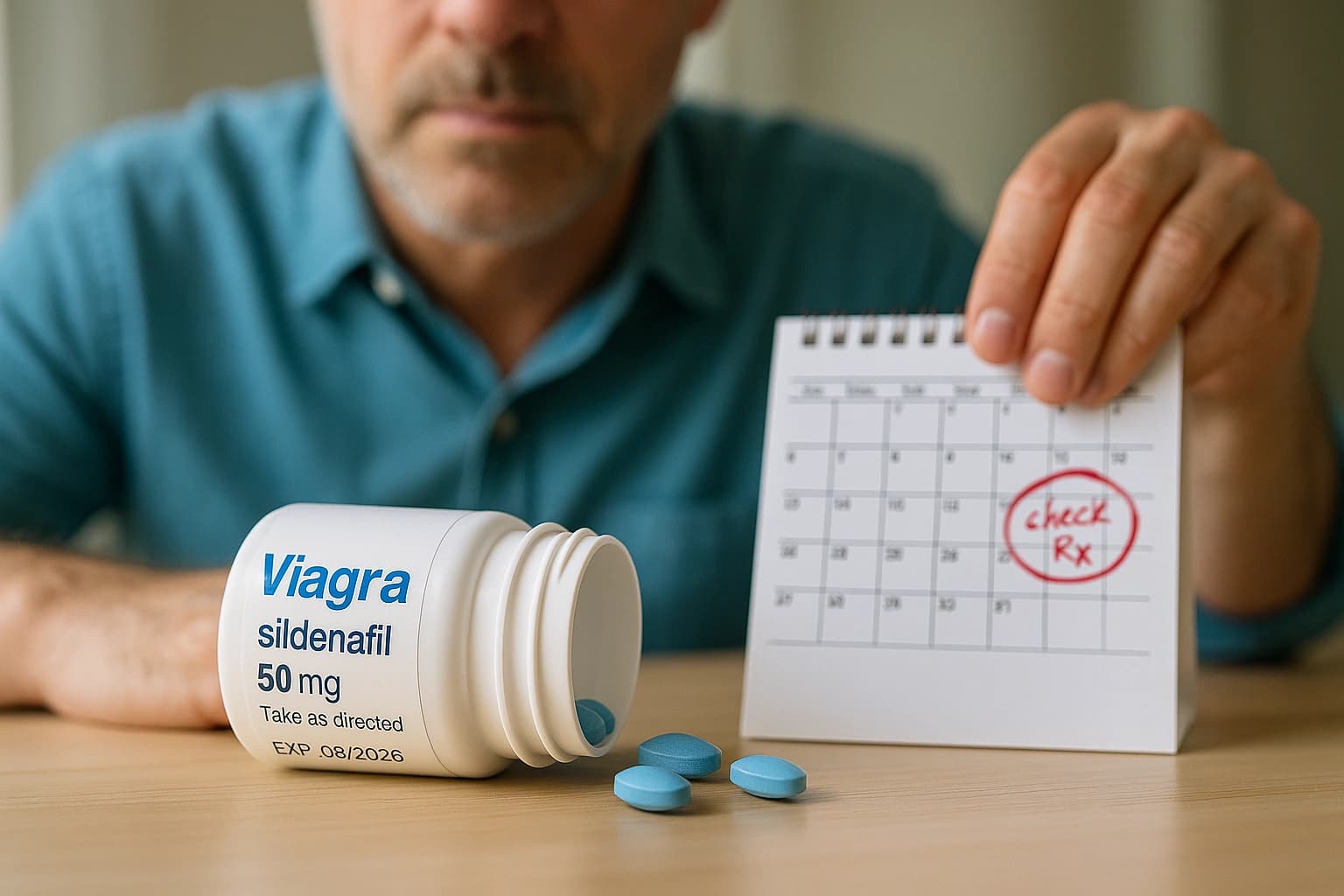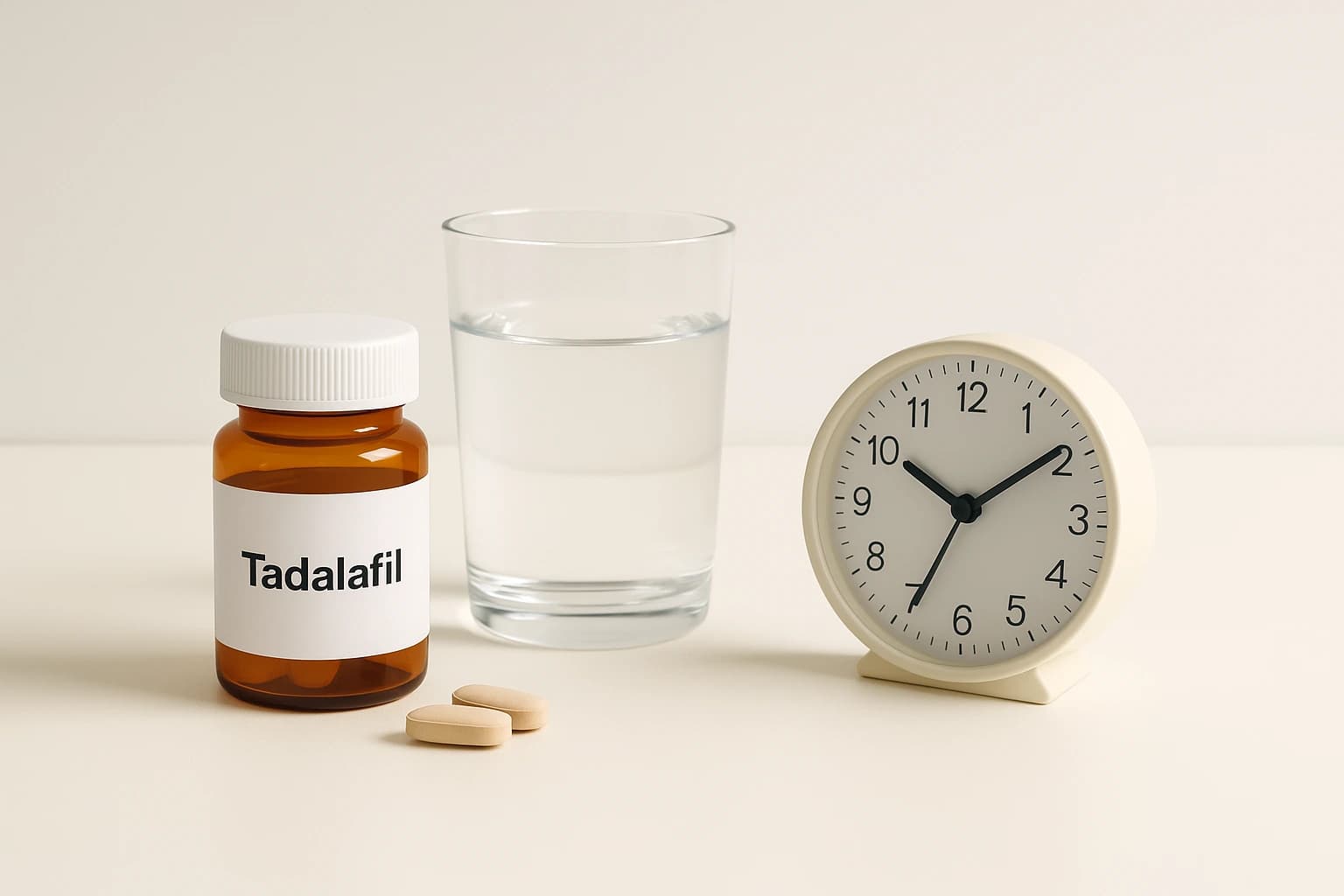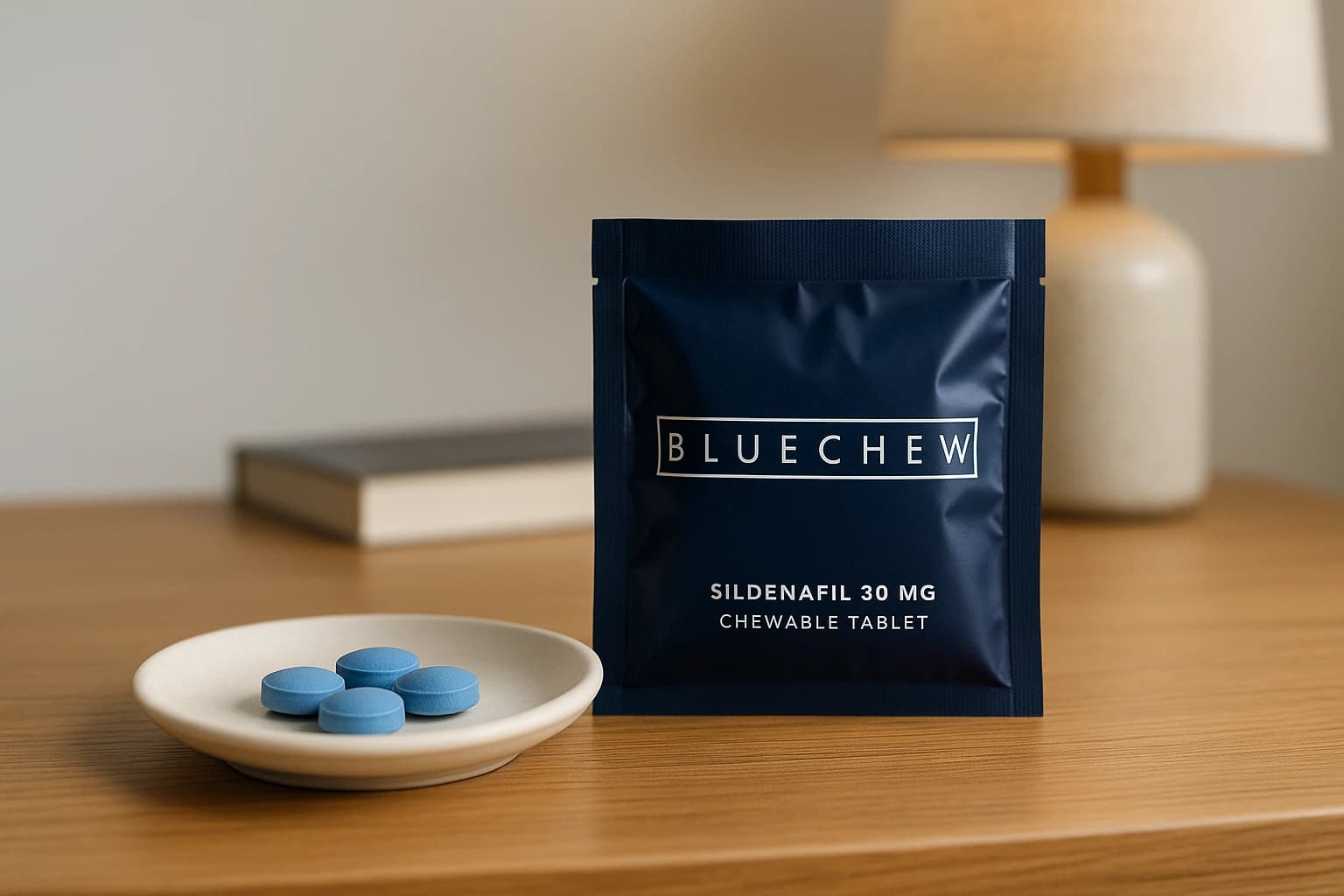Tadalafil is a prescription medication best known for treating erectile dysfunction (ED) and, in lower daily doses, symptoms of benign prostatic hyperplasia (BPH). Many people also recognize it by the brand name Cialis. Unlike some other ED medications, tadalafil is famous for its long-lasting effects — sometimes up to 36 hours — earning it the nickname “the weekend pill”.
If you’ve been prescribed tadalafil 20 mg, you might be wondering exactly how long does tadalafil last in your body, when it starts working, and how to get the best results without exceeding the maximum dose of tadalafil for erectile dysfunction. Understanding these details not only helps you get the most from your prescription but also reduces the risk of unwanted side effects.
Below, you’ll find clear, evidence-based guidance on onset time, duration, dosage, and factors that can influence your results, so you can use tadalafil confidently and safely.
Key Takeaways
Onset time: For most people, tadalafil starts working within 30 to 60 minutes, though it can take up to 2 hours.
Duration: A single 20 mg dose can last up to 36 hours, meaning improved erectile function can occur anytime during that period with sexual stimulation.
Lower doses last differently: Tadalafil 5 mg (daily dose) works continuously once it’s built up in your system.
Daily vs. as-needed use: Daily tadalafil offers spontaneity, while 20 mg “on-demand” dosing is best for occasional use.
Safety limit: The maximum dose of tadalafil in 24 hours is 20 mg. Taking more increases side effect risks without boosting results .
Individual differences: Age, liver or kidney health, other medications, and whether you take it with food can all change how long tadalafil lasts.




